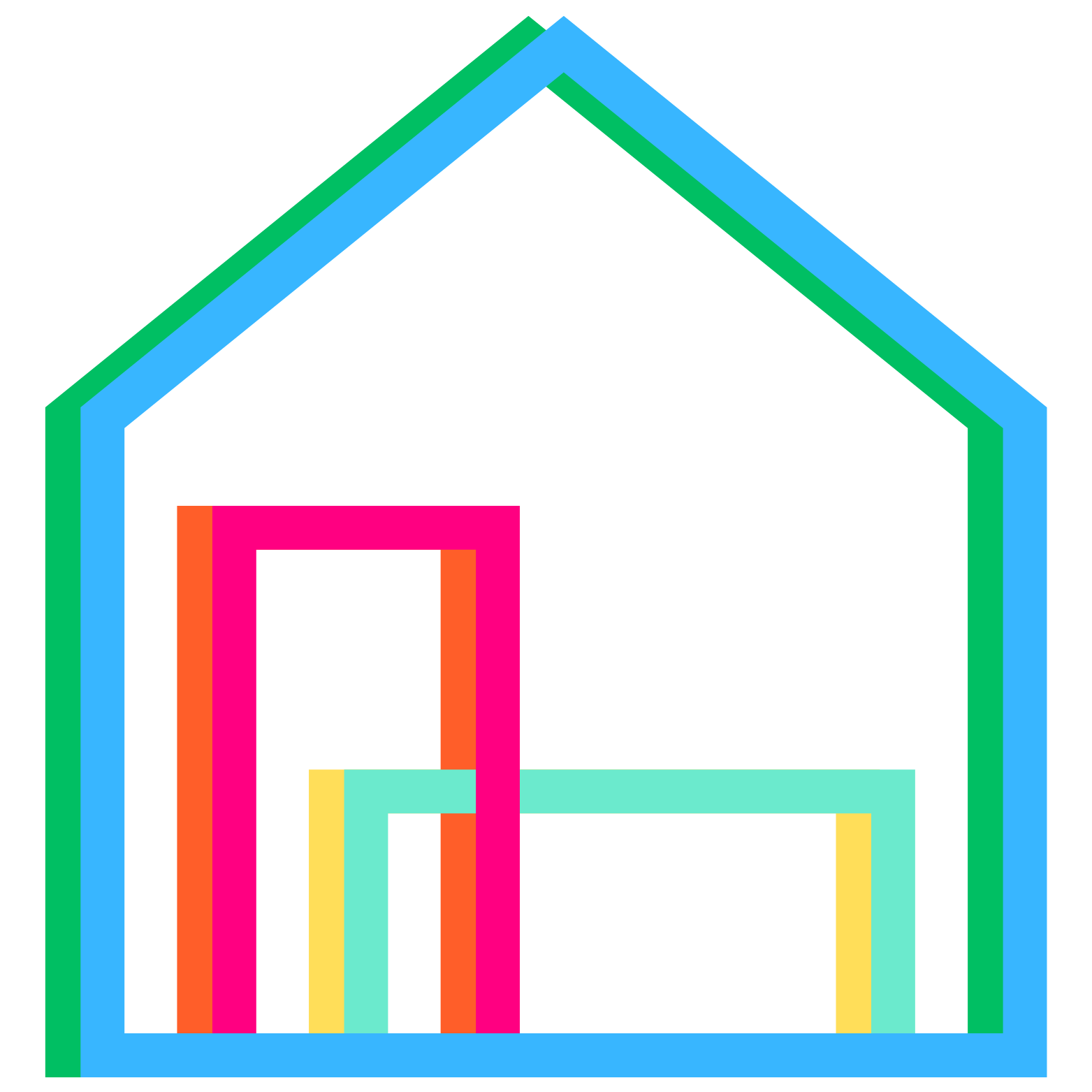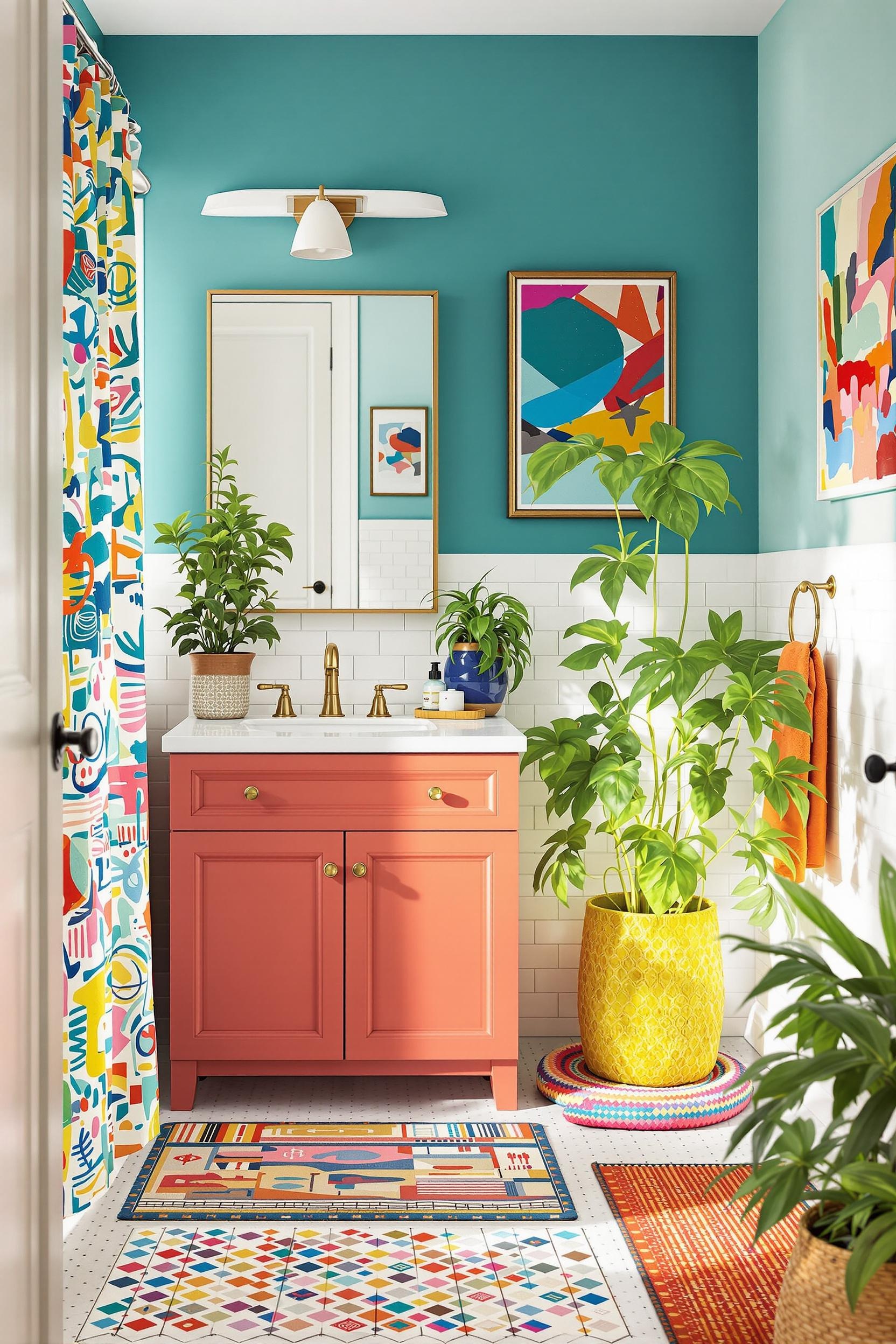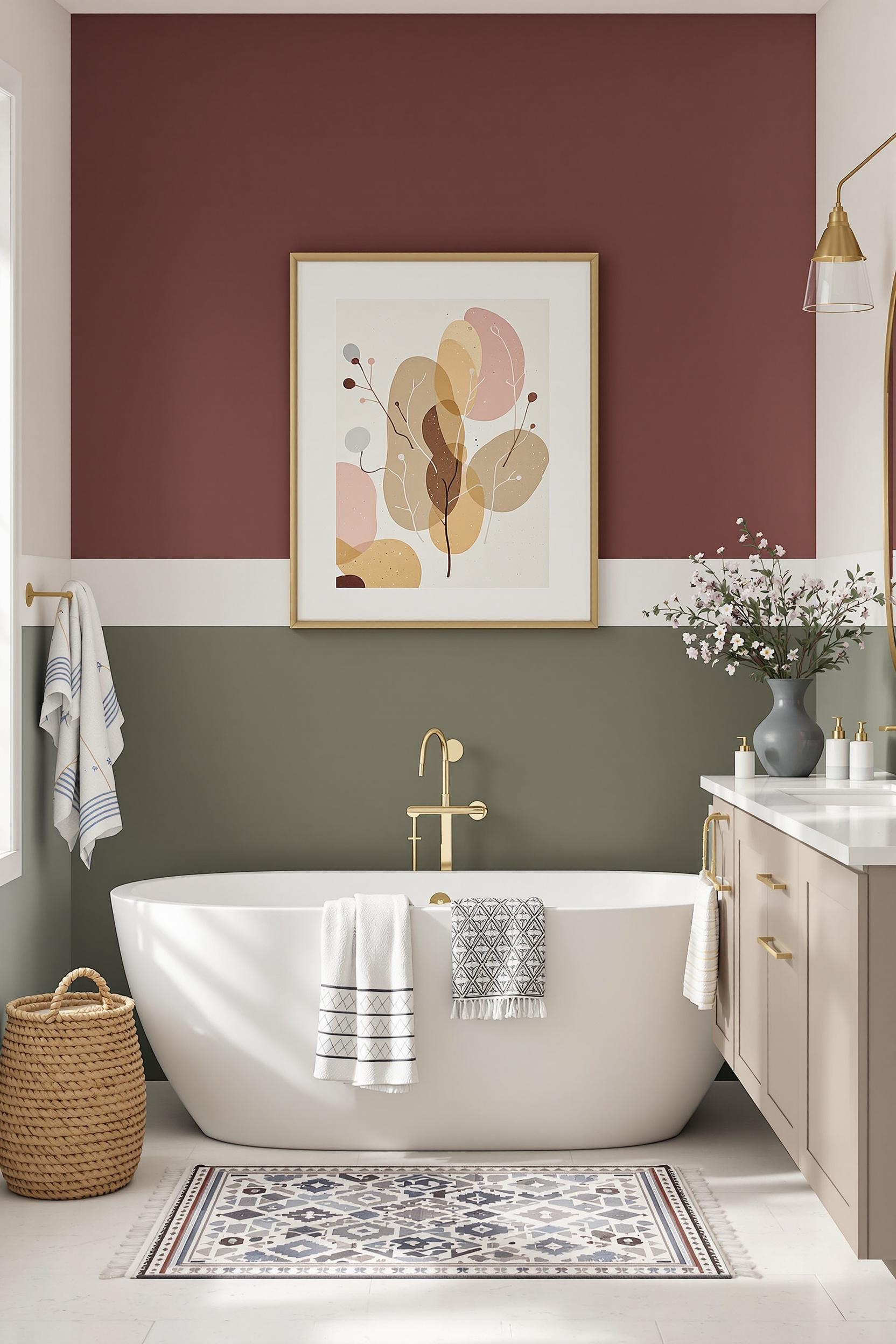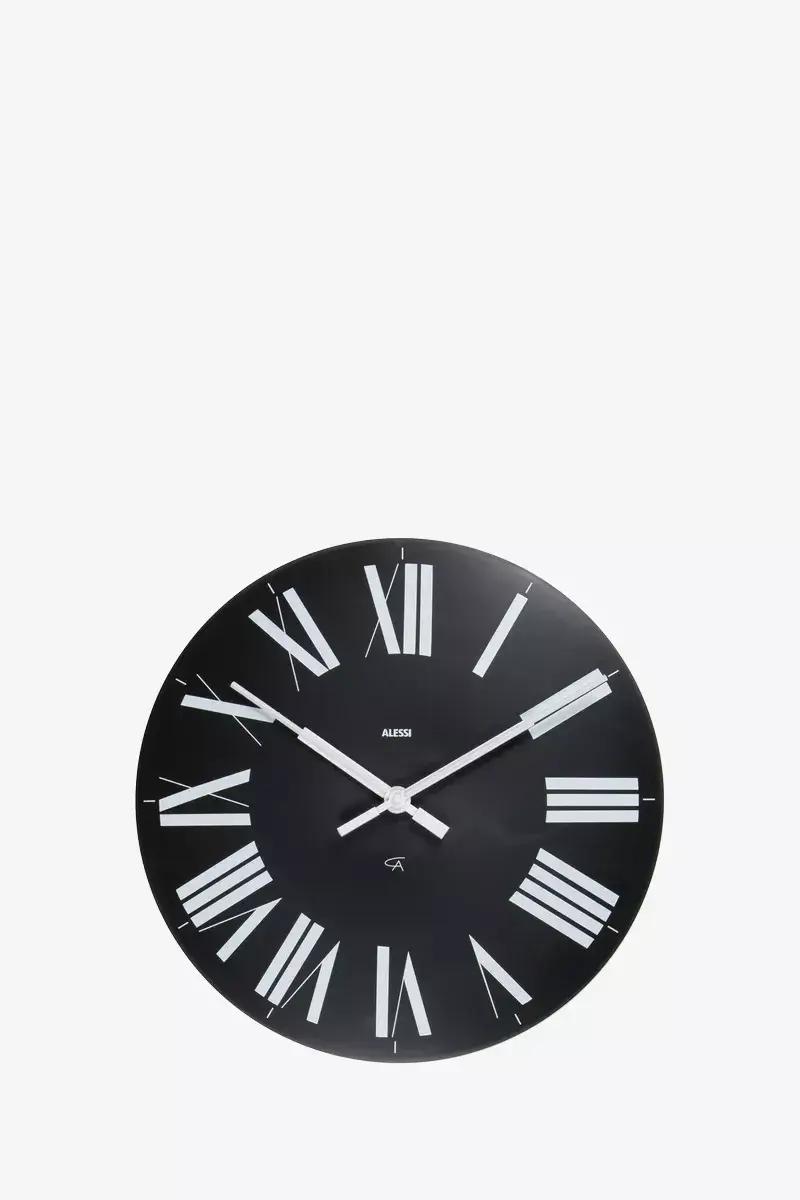
Furniture as Color Blocks: Transforming Minimalist Interiors with Bold Design
Have you ever stepped into a room and felt instantly energized by its color and flow? That powerful feeling often comes from more than just paint. Let me introduce you to a design approach that’s been quietly revolutionizing spaces around the world—color block furniture. It’s not just about bright sofas or colorful accents. It’s about using furniture as key color pieces that shape, define, and transform your interior story.
As someone who lives and breathes minimalist color blocking, I’ve seen firsthand how strategic color placement can completely shift the mood and function of a space. Whether you’re working with a tiny apartment or a large open-concept room, furniture can become your most dynamic design tool. With the global minimalist furniture market expected to grow by 7.5% through 2030, this style is more than a trend—it’s a lifestyle.
Color Block Furniture: A Bold Step in Minimalist Interior Design
Color block furniture involves using solid, bold colors on pieces like sofas, chairs, and shelves. In minimalist interiors—where every element must earn its place—this technique becomes a game-changer. A sculptural two-tone couch in mustard and beige isn’t just for sitting—it’s a focal point that commands attention while clearly dividing your space.
I’ve used this technique in countless homes. In one project, a bright accent chair in coral gave life to a monochrome office space. In another, a color block dining table with soft sage legs and a natural wood top added warmth to a cold, white-toned kitchen. These color block decor ideas bring both style and purpose into every corner.
Strategic Color Blocking Techniques
- Use the 60-30-10 rule: 60% dominant color, 30% secondary, 10% accent.
- Contrast bold furniture pieces with a calm background.
- Choose unexpected color combos like teal and terracotta for edge and energy.
- Apply color blocking vertically with geometric dividers or mid-height shelving.
Furniture as Spatial Dividers: Form Meets Function
One of the best things about color block furniture is its power to define zones—especially in open-concept homes. A modular sofa with two-tone fabric clearly separates your living zone from the dining area without a single wall. Want something subtler? Use color-blocked rugs or a two-tone bookshelf for gentle spatial separation.
Even if you live in a small studio apartment, you can work wonders with strong vertical blocks, like a minimalist shelving unit in navy and amber. These pieces become more than decor–they’re architectural solutions in compact spaces.
Great Color Block Furniture Piece Ideas
- Color block ottomans for minimalist living rooms
- Floating two-tone wall shelves
- Scandinavian color block side tables
- Contrasting desk and chair sets for home offices
- Minimalist kitchen islands with bold color blending
Playing with Texture: Color + Feel = Visual Magic
Color isn’t just about hue—it’s also about texture. I love blending textures in color block decor ideas to elevate the vibe. For example, I recently installed a matte navy console with glossy terracotta cabinet doors. The reflections added depth while keeping the palette cohesive. Try combining suede and linen in your living room chairs, or use wood grain variations in your shelving system.
These material and color pairings add multidimensionality—making small spaces feel larger and minimalist rooms feel alive. As noted in this article, mixing textures boosts contrast and visual impact while still keeping things clean and modern.
Color Psychology in Color Block Furniture
Each piece of color block furniture has the power to shift your mood. Ever wonder why you feel calm near sage and uneasy with red? That’s color psychology. I’ve found that bright chairs like lemon or coral are perfect for offices or creative spaces. They add spark and motivate. In contrast, palettes like deep navy or olive green are great for bedrooms, where you need restoration and peace.
In this modern design guide, color is described not just as aesthetic, but a tool for emotional balance. Color-blocked furniture works exactly the same way—combining function and mood in your daily life.
Smart Palette Combinations That Work
- Emerald green + muted gold = luxury and natural calm
- Soft sage + warm white = restful balance
- Charcoal + coral = edgy contrast
- Teal + ochre = bold and earthy
Why the Trend is Here to Stay
The minimalist color block interiors trend aligns perfectly with growing demand for versatile, space-saving furniture, especially in urban living areas. According to market stats, 60% of sales in minimalist furniture go toward residential use. That means homeowners are choosing pieces that speak to both their space and style. Whether it’s a color block desk dividing your home office or a headboard wall that pops, bold furniture is sticking around.
Actionable Tips: Start Transforming Your Interiors Now
You don’t have to start from scratch. You can begin with a single piece. Try adding a storage bench in two tones in your entryway. Or paint the legs of your neutral dining table a deep navy and match it with similarly styled color block dining chairs.
Need inspiration? Check out my ideas for blending ombré design with bold edges or step into muted pastels for a softer look. The possibilities are endless and the results are always striking.
Transform Your Home: Color Block Design Resources Await!
Unlock Your Design Potential: Free Expert Guidance
Ready to revolutionize your home with modern color block furniture? Subscribe to my newsletter and get exclusive access to expert tips, designer insights, and downloadable templates that help turn your home into a vivid design masterpiece.
Exclusive Insider Access: Design Transformation Toolkit
Your subscription includes:
- Quarterly trend updates on color blocking furniture trends
- Exclusive video tutorials on furniture color placement
- Access to emerging furniture design insights
- Professional strategy guides for your space
The global market is rising—be at the front of the design movement.
Unlock My Design Potential Now!
“Color Block Basics” guide (a $49 value) is free for subscribers + professional templates and design prompts included!
Frequently Asked Questions (FAQ) About Color Block Furniture
Q1: How do I use color block furniture in a minimalist interior?
Select 2–3 bold pieces—like a modular navy and sage sofa—and place them in a neutral room. Follow the 60-30-10 rule for color balance.
Q2: Can I apply color blocking in a studio apartment?
Yes! Use color block coffee tables, bookshelves, or chairs to visually divide zones. Modular pieces work well in small areas.
Q3: Does color block furniture affect mood?
Definitely. Yellow chairs can boost mood and energy. Burgundy bookshelves add calm and elegance. Color triggers emotional shifts that enhance how we feel in a space.
Q4: What color combinations work best?
- Deep navy + soft terracotta
- Emerald + muted gold
- Charcoal + coral
Q5: Is this look only for minimalist homes?
No. Color blocking adapts to modern, mid-century, or even traditional style homes. Just keep colors intentional and pieces balanced.
Conclusion: Make Color Block Furniture Your Signature Style
Using furniture as color blocks isn’t just about style—it’s about storytelling. Each piece reflects your design personality and fills your space with energy, calm, or creativity. Whether it’s a color block living room, a minimalist bedroom with geometric flair, or a modular shelf defining your workspace, every color counts.
Want to take it further? Subscribe and let’s turn your home into a color-blocked haven.






